Shooting The Last Enemy for the BBC was without doubt the most rigorous and yet invigorating experience imaginable.
Five and a half hours of drama, with a story that spanned refugee camps in Afghanistan and the secretive corridors of Whitehall, promised to make the production about as hair-raising as TV drama gets - and that's for someone who is already conspicuously bald.
It's a hugely complex story, set in the very near future and revolving around the controversial subject of identity cards, not to mention an alarming (but necessary) view of the impact of living in a surveillance society.
It was also a project that I had been waiting for the BBC to green light for quite a while. I had started developing the scripts with writer Peter Berry at the end of 2003, but it wasn't until the tail end of 2006 that we finally received the formal nod from Wood Lane.
Not exactly a lightweight project and certainly the kind of material that demands every script page be justified before a single frame of film is shot.
I was lucky to be able to hire a tough and durable director, Iain B MacDonald. Confronted with spending 12 months intimately involved in the realisation of 330 minutes of hardcore drama with one other person, I figured inexhaustible stamina was key - that and a compatibility rating which wouldn't look out of place in the most successful of marriages. Fortunately Iain fulfilled both criteria easily.
The physical challenges facing this kind of shoot were enormous (movie ambitions on a TV budget). Luckily we were able to persuade the BBC, early on, to let us split the physical production between the UK and Romania.
This meant that we could realise all the exterior London locations we needed in situ but wouldn't waste valuable time and money shooting interior scenes that could be built in theCastel Studios outside Bucharest.
It wasn't just economic advantage that encouraged us to split the production this way. It was also because there was a sizeable challenge in recreating a large Afghan refugee camp in the desert which was needed for a big sequence at the very start of the film.
Obviously heading to the Far East itself wasn't an easy option, and there was nowhere else in western Europe which offered either the right landscape or the correct ethnic populace to fill the camp once it had been built.
We struck gold in Romania when we were taken to a valley about three hours north-east of Bucharest. It was made up of “live” muddy volcanoes, and the sedimentation was a perfect match for the terrain we wanted. With the -addition of some 300 local Gypsies, trucked in and attired in tribal Afghan dress, our UN camp was complete. Well it was until they decided to remove the iron pegs holding up all the -canvas, at which point most of the tents collapsed.
This might have been the funniest moment of the shoot, but it wasn't the riskiest. That came a day later when I made the mistake of making myself a second unit cameraman to shoot the home video footage of Max Beesley and Anamaria Marinca's honeymoon drive in the desert.
Needless to say, Beesley's handling of the 4x4 down a goat-herder's track was impeccable boy's own stuff, but it didn't occur to me to allow our Bafta-winning actress Anamaria a chance to test the steering before settling in behind the wheel.
That we all survived with the footage intact is largely due to the male co-star making some clever manipulations of the handbrake before reaching a concrete telegraph pole, and not the foresight, let alone regard for health and safety regulations, of the film's producer.
Other aspects of the Roman-ian shoot offered interesting aesthetic highlights. John Stevenson, the production designer, was able to use one of Ceausescu's old steel works as a hideaway for the character played by Robert Carlyle. The scale and macabre quality of this vast, semi-derelict industrial wasteland added another dimension to the story. It conveyed a sense of alienation which, doubtless, would have been less extreme had we shot in Penge or Staines.
Outside volcanic valleys and former Warsaw Pact industrial estates, there was one other major set piece which would have been impossible to shoot in situ. We needed to stage a large explosion in a street market in London. After the outrages of July 2005, this would have been out of the question almost anywhere in the UK and yet the sequence was central to our film.
As luck would have it, there was a set on the back lot of the Castel Studios in Bucharest, which had been built for a Sherlock Holmes film in 2001.
The design was for Baker Street and, while it had seen better days, the flats were still recognisably “London”. With a small amount of work and a lot of skilful dressing, this particular stretch was convincingly turned into an east London market, complete with pineapples, plastic toys and saris.
To be recreating this scene some 2,000 miles east of Aldgate did seem odd, but when we detonated the bomb and filmed the horrific images of the aftermath of the explosion, it became clear that it would have been impossible to have ever filmed this sequence on location in the UK.
The Last Enemy was a hugely exciting film to produce. The opportunity to work on a story of this substance and scale is a rarity these days and I think that appreciation was reflected by the incredible hard work and tenacity of all the crews involved, both English and European.
The Last Enemy is a Box TV production for BBC1 and starts on Sunday 17 February at 9pm
Gub Neal: My tricks of the trade
I like taking stills and tend to lug my own digital camera around (Nikon d200). While you can't compete with a good unit photographer, if you are a producer, and on set most of the time, you get access to some amazing material. Sooner or later you'll snap something that's usable, and pictures are increasingly important in the hard-won publicity wars.
If you can manage a mini DVD so much the better as every distributor now needs a “making of”. I've tried doing this myself but personally found it a bit distracting, so prefer to stick with stills.
Moleskine notebooks are worth packing as, unlike laptops, they are power-surge resistant and will also survive falling off the back of a motorbike, Jeep or prop wagon...


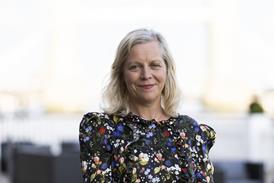

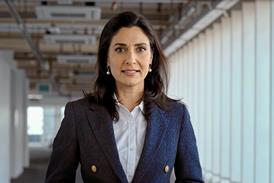


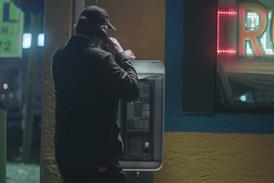
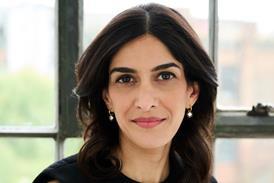
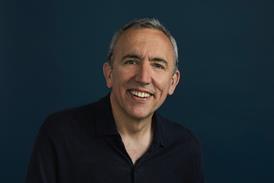

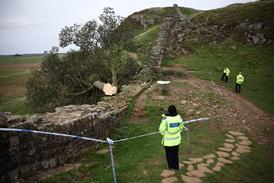
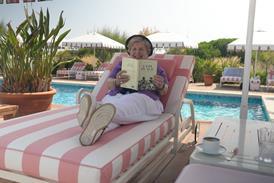







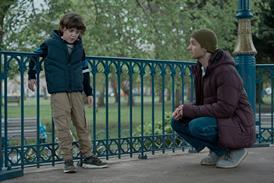
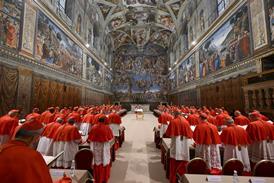




No comments yet